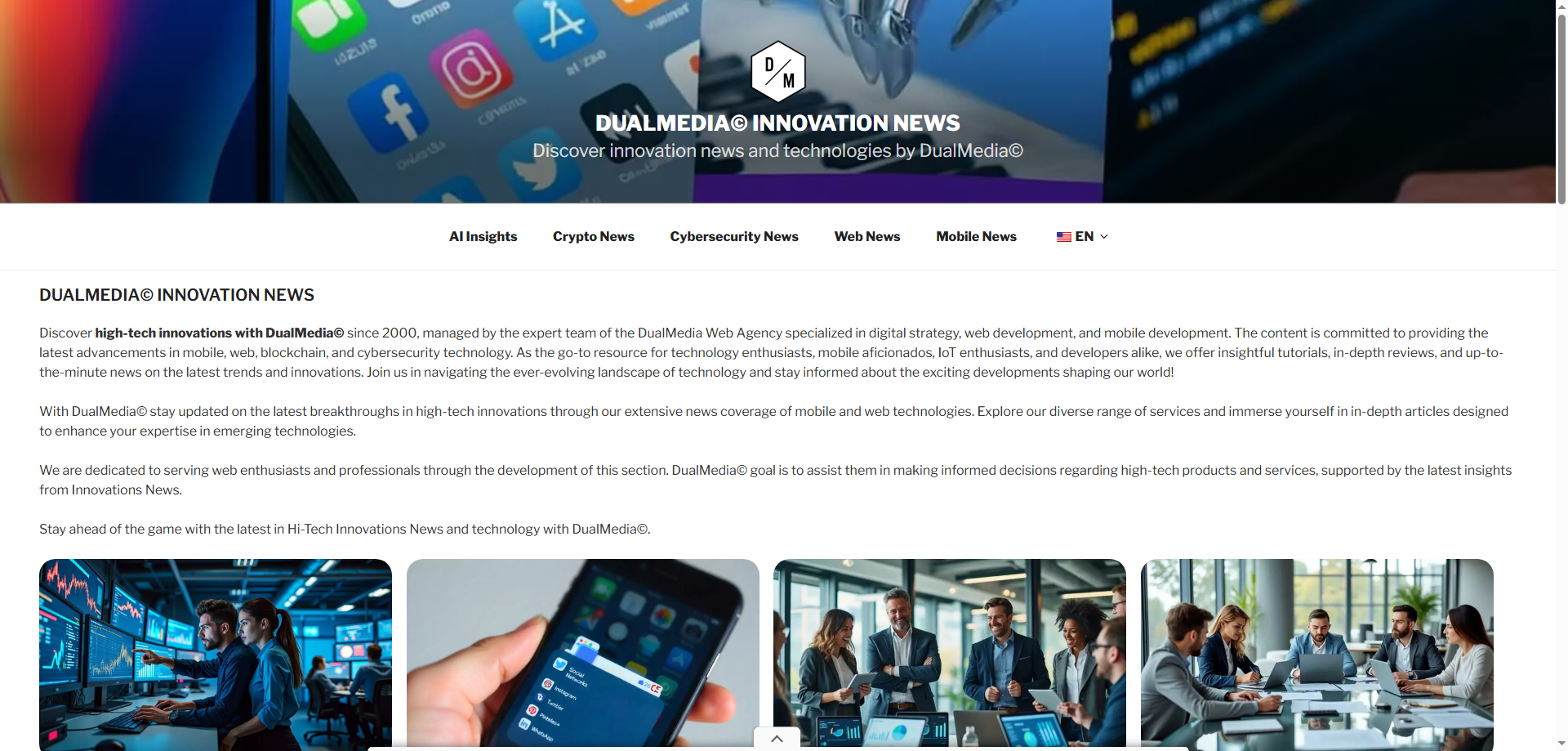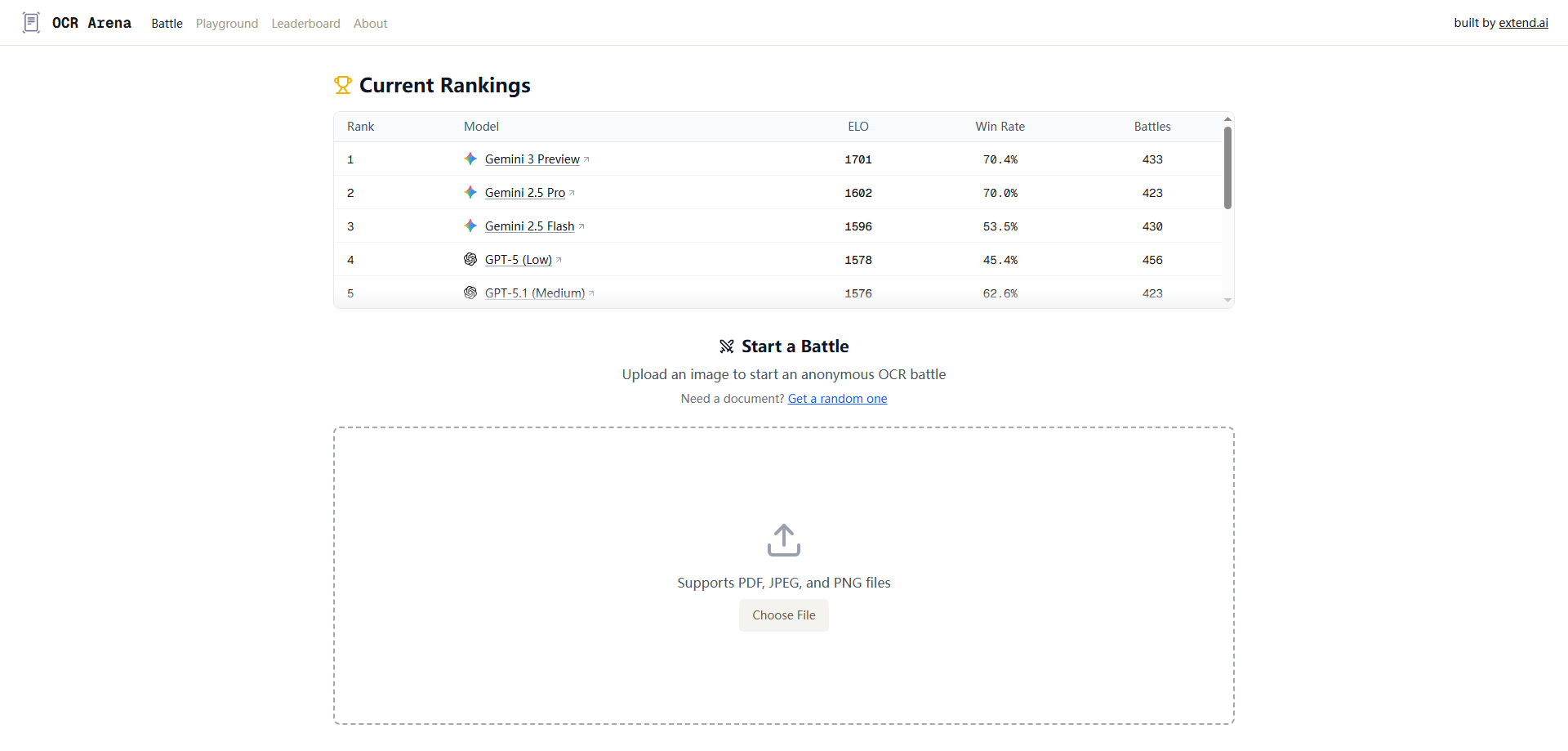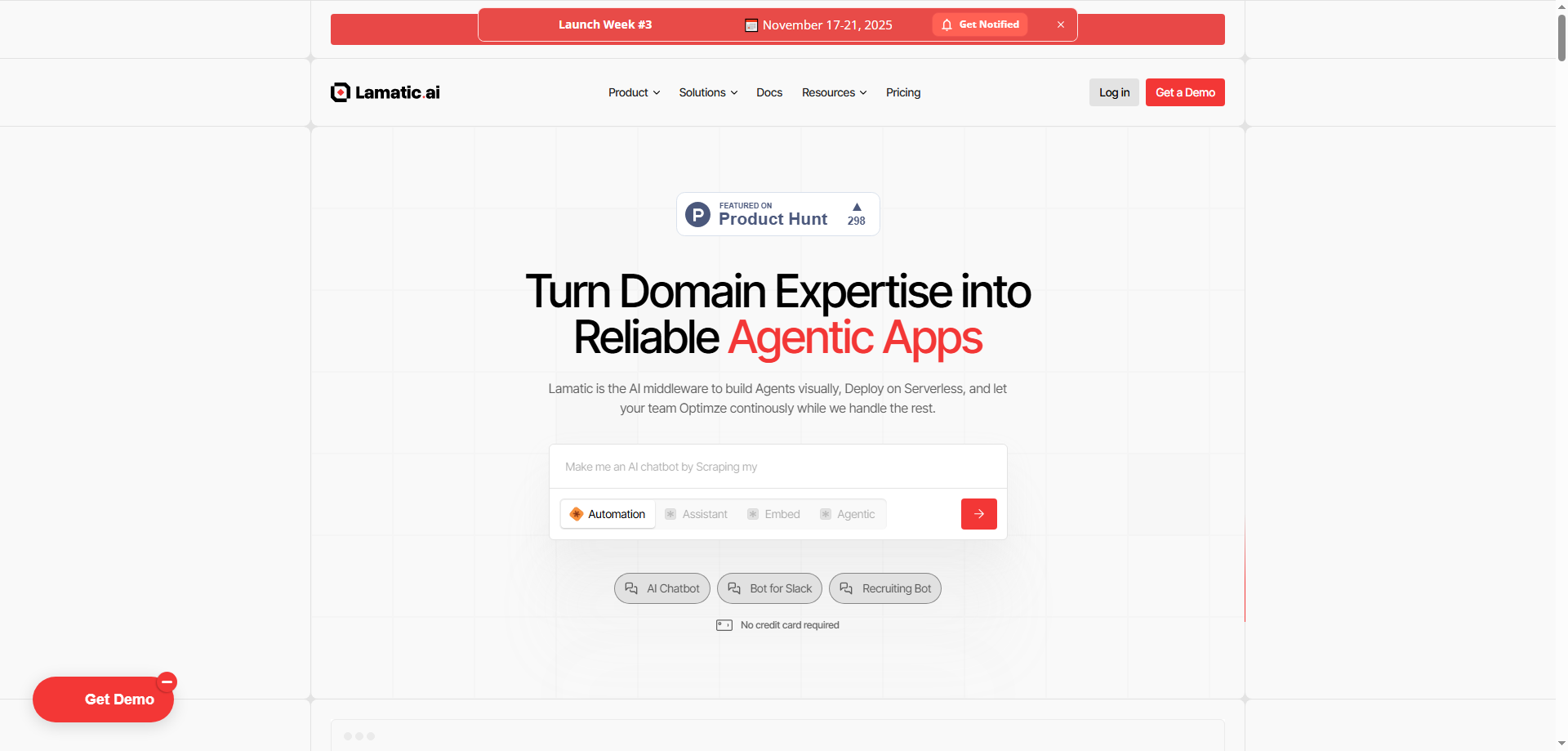Introduction: The AI Revolution in Tax Strategy
The intersection of artificial intelligence and tax management represents one of the most significant business innovations of our time. As companies navigate increasingly complex tax regulations and seek competitive advantages, AI insights DualMedia professionals advocate have become essential tools for financial success. Understanding how artificial intelligence transforms traditional tax approaches isn't just beneficial—it's becoming necessary for businesses that want to thrive in today's data-driven economy.
Tax planning has evolved from reactive compliance to proactive strategic optimization. The AI insights DualMedia experts emphasize focus on leveraging machine learning, predictive analytics, and automation to create smarter, more efficient tax strategies. This shift enables businesses to move beyond simple compliance toward comprehensive tax optimization that drives real financial impact.
Understanding AI-Driven Tax Optimization
What Makes AI Insights Different
Traditional tax planning relies heavily on historical data and manual analysis, often missing opportunities and emerging risks. In contrast, the AI insights DualMedia specialists promote utilize sophisticated algorithms that process vast amounts of data in real-time, identifying patterns and opportunities human analysts might overlook. This fundamental difference transforms tax strategy from a periodic review into a continuous optimization process.
Artificial intelligence systems excel at analyzing complex tax codes, regulatory changes, and financial transactions simultaneously. These capabilities allow businesses to maintain compliance while actively seeking optimization opportunities. The AI insights DualMedia thought leaders share demonstrate how machine learning models can predict tax liabilities, identify deduction opportunities, and recommend strategic timing for financial decisions.
Core Components of AI Tax Technology
Modern AI tax systems incorporate several key technologies. Natural language processing enables computers to understand and interpret tax regulations written in complex legal language. Machine learning algorithms identify patterns in historical tax data to predict future outcomes. Predictive analytics forecast tax liabilities and potential audit risks. Automation handles routine tasks like data entry and document classification, freeing professionals for higher-value strategic work.
The AI insights DualMedia practitioners recommend typically integrate these technologies into comprehensive platforms that serve multiple tax functions. Rather than deploying separate tools for each task, successful organizations implement unified systems that share data and insights across all tax-related activities.
Practical Applications of AI in Tax Strategy
Automated Compliance and Reporting
One of the most immediate benefits AI delivers is automated tax compliance. The AI insights DualMedia advisors highlight show that automation reduces compliance costs by 40-60% while improving accuracy. Modern AI systems continuously monitor transactions, flagging potential compliance issues before they become problems. These systems automatically classify expenses, calculate tax obligations, and generate required reports with minimal human intervention.
Real-time compliance monitoring represents a significant advancement over traditional quarterly or annual reviews. By catching issues immediately, businesses avoid penalties and maintain stronger relationships with tax authorities. The AI insights DualMedia case studies reveal demonstrate how companies use these systems to manage multi-jurisdictional compliance requirements efficiently.
Predictive Tax Planning
Perhaps the most transformative application of AI in tax strategy is predictive planning. Advanced algorithms analyze historical patterns, current business activities, and external factors to forecast future tax positions with remarkable accuracy. This capability allows businesses to make informed decisions about timing major transactions, structuring deals, and allocating resources.
The AI insights DualMedia research indicates that companies using predictive tax planning achieve 15-25% better tax outcomes compared to traditional approaches. By modeling different scenarios, businesses can evaluate the tax implications of strategic decisions before committing resources. This forward-looking approach transforms tax planning from a reactive process into a strategic advantage.
Risk Assessment and Audit Prevention
AI excels at identifying audit risks and compliance vulnerabilities. By analyzing millions of transactions and comparing them against regulatory requirements and industry benchmarks, AI systems flag unusual patterns or high-risk activities. The AI insights DualMedia professionals utilize help organizations address potential issues proactively rather than waiting for auditors to discover problems.
Modern risk assessment tools provide detailed scoring of audit probability across different tax areas. This intelligence allows businesses to allocate compliance resources efficiently, focusing additional scrutiny on high-risk areas while streamlining processes for low-risk activities. Companies implementing these systems report 30-50% reductions in audit frequency and severity.
Implementation Strategies for AI Tax Solutions
Assessing Your Current Tax Operations
Before implementing AI solutions, organizations must honestly evaluate their current tax processes. The AI insights DualMedia implementation frameworks suggest starting with a comprehensive audit of existing systems, identifying pain points, and measuring key performance indicators. This baseline assessment ensures that AI investments address real business needs rather than following technology trends.
Key areas to evaluate include data quality and accessibility, current technology infrastructure, staff capabilities and readiness for change, existing pain points and inefficiencies, and compliance track record and audit history. Understanding these factors helps organizations select appropriate AI solutions and set realistic expectations for implementation timelines and outcomes.
Selecting the Right AI Tax Tools
The market offers numerous AI tax solutions, ranging from specialized point solutions to comprehensive enterprise platforms. The AI insights DualMedia selection criteria emphasize several key factors. Solution scalability ensures the system can grow with your business. Integration capabilities determine how well new tools work with existing systems. User experience affects adoption rates and productivity. Vendor support and training influence successful implementation. Total cost of ownership includes licensing, implementation, and ongoing maintenance expenses.
Organizations should prioritize tools that address their most pressing needs rather than pursuing comprehensive platforms that may be overkill for their situation. Starting with focused solutions that deliver quick wins builds momentum and organizational support for broader AI adoption.
Building Internal Capabilities
Successful AI implementation requires developing internal expertise. The AI insights DualMedia training programs recommend focus on building hybrid teams that combine tax knowledge with data science skills. This doesn't necessarily mean hiring expensive data scientists—instead, organizations can train existing tax professionals in AI fundamentals while bringing in technical specialists for complex implementations.
Change management represents another critical success factor. Many tax professionals initially view AI as threatening their roles rather than enhancing their capabilities. Effective leaders address these concerns through transparent communication, emphasizing how AI handles routine tasks while allowing professionals to focus on strategic advisory work that machines cannot perform.
Measuring ROI from AI Tax Investments
Quantifiable Benefits
Organizations implementing AI tax solutions typically achieve measurable improvements across multiple dimensions. Direct cost savings come from reduced labor requirements for routine tasks, with many organizations reporting 40-60% reductions in time spent on compliance activities. The AI insights DualMedia ROI studies document show average tax savings of 8-15% through better optimization and planning.
Risk reduction provides another significant benefit. Fewer compliance errors mean lower penalties and reduced audit costs. Improved accuracy in tax calculations eliminates costly corrections and amendments. Better documentation and audit trails simplify responses to tax authority inquiries.
Strategic Value Creation
Beyond direct financial benefits, AI tax systems create strategic value that may be harder to quantify but equally important. Real-time visibility into tax positions enables better business decisions. Predictive capabilities allow proactive rather than reactive tax management. Freed-up professional time enables focus on strategic advisory work. Enhanced compliance reduces reputational risks and strengthens stakeholder confidence.
The AI insights DualMedia value assessment methodologies suggest measuring both tangible and intangible benefits to capture the full impact of AI investments. Organizations that focus solely on cost reduction miss significant strategic advantages these technologies enable.
Future Trends in AI Tax Technology
Emerging Capabilities
The AI tax landscape continues evolving rapidly. Next-generation systems will incorporate even more sophisticated capabilities. Advanced natural language processing will enable conversational interfaces where professionals can ask complex tax questions in plain language. Blockchain integration will create immutable audit trails and streamline cross-border transactions. Enhanced predictive models will forecast not just tax liabilities but also regulatory changes and their business impacts.
The AI insights DualMedia trend analysis suggests that within three years, real-time tax optimization will become standard rather than cutting-edge. Systems will automatically adjust business processes to optimize tax outcomes, requiring only human approval for significant decisions. This level of automation will free tax professionals to focus almost entirely on strategic planning and advisory work.
Regulatory Evolution
Tax authorities worldwide are simultaneously leveraging AI themselves and adapting regulations to address AI-driven tax strategies. This creates both opportunities and challenges. On one hand, AI-enabled tax authorities can process returns faster and communicate with taxpayers more efficiently. On the other hand, sophisticated government systems may detect optimization strategies more readily, requiring businesses to ensure their AI approaches remain within regulatory boundaries.
The AI insights DualMedia regulatory outlook emphasizes the importance of maintaining ethical AI use that optimizes within legal frameworks rather than exploiting loopholes. As regulators become more sophisticated, businesses that prioritize transparency and ethical optimization will maintain stronger long-term positions.
Frequently Asked Questions
Q: How much does it cost to implement AI tax solutions? A: Costs vary widely depending on organization size and solution scope. Small businesses can start with cloud-based solutions for $500-2,000 monthly, while enterprise implementations may require $100,000+ initial investments plus ongoing costs. The AI insights DualMedia cost analysis shows most organizations achieve ROI within 12-24 months.
Q: Will AI replace tax professionals? A: No. AI handles routine tasks and data analysis, but strategic planning, complex advisory work, and relationship management remain human domains. AI augments professional capabilities rather than replacing them, allowing practitioners to focus on higher-value activities.
Q: How secure is AI tax software? A: Reputable vendors implement enterprise-grade security including encryption, access controls, and regular security audits. Organizations should verify vendors meet relevant compliance standards (SOC 2, ISO 27001, etc.) and understand data storage locations for regulatory compliance.
Q: Can small businesses benefit from AI tax solutions? A: Absolutely. Cloud-based AI tax tools make sophisticated capabilities accessible to organizations of all sizes. Small businesses often see proportionally greater benefits since they typically have fewer dedicated tax resources and rely more heavily on efficiency gains.
Q: How long does implementation take? A: Implementation timelines range from weeks for simple cloud tools to 6-12 months for complex enterprise systems. The AI insights DualMedia implementation research suggests phased approaches that deliver early wins while building toward comprehensive solutions typically achieve better results than all-at-once deployments.
Conclusion: Embracing AI for Tax Excellence
The transformation of tax strategy through artificial intelligence isn't a distant future possibility—it's happening now. Organizations that embrace AI insights DualMedia experts advocate position themselves for significant competitive advantages through reduced costs, better compliance, and strategic optimization opportunities. The question isn't whether to adopt AI tax solutions, but how quickly and effectively organizations can implement them.
Success requires more than just purchasing software. It demands thoughtful strategy, change management, skills development, and ongoing optimization. Organizations that approach AI tax implementation as a strategic initiative rather than a technology project achieve dramatically better results.
The AI insights DualMedia framework provides a proven roadmap for this journey, emphasizing practical implementation over theoretical possibilities. By starting with clear objectives, selecting appropriate tools, building internal capabilities, and measuring results, businesses of all sizes can harness AI to transform their tax operations from cost centers into strategic advantages.
As we move further into 2025 and beyond, the gap between AI-enabled and traditional tax operations will only widen. Organizations that act now position themselves not just to compete, but to lead in an increasingly complex and data-driven business environment. The future of tax strategy is intelligent, automated, and strategic—and that future is already here for those ready to embrace it.









